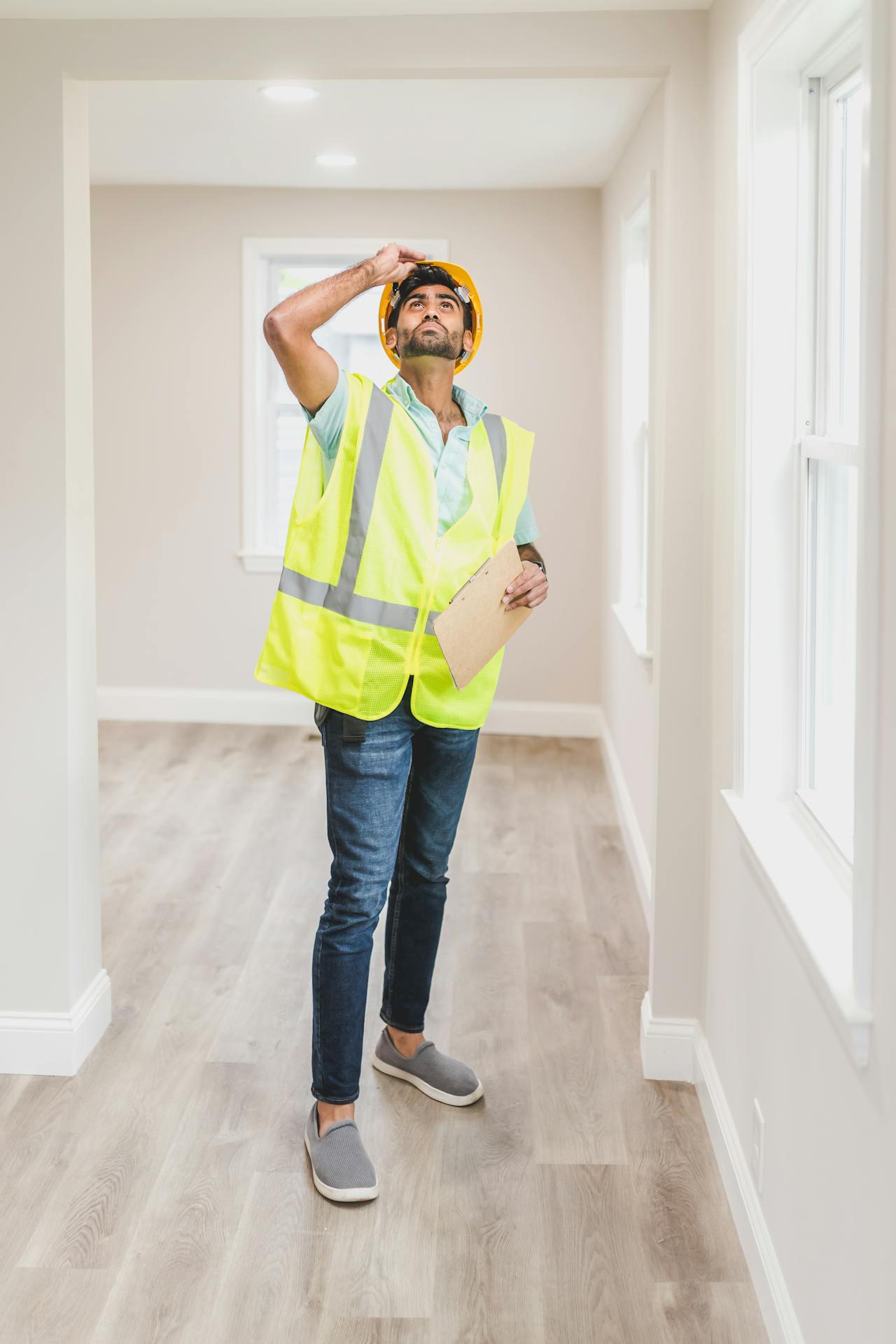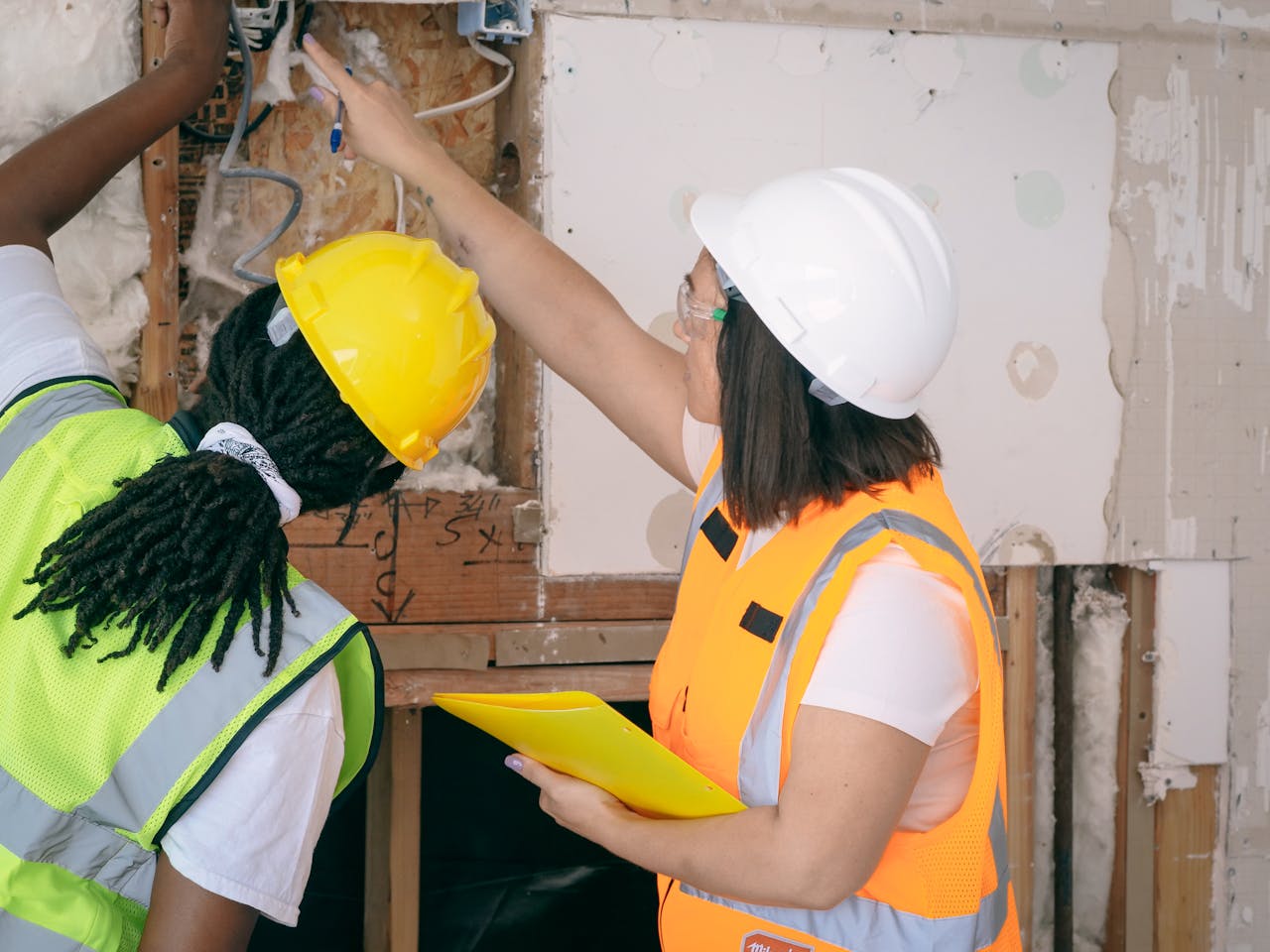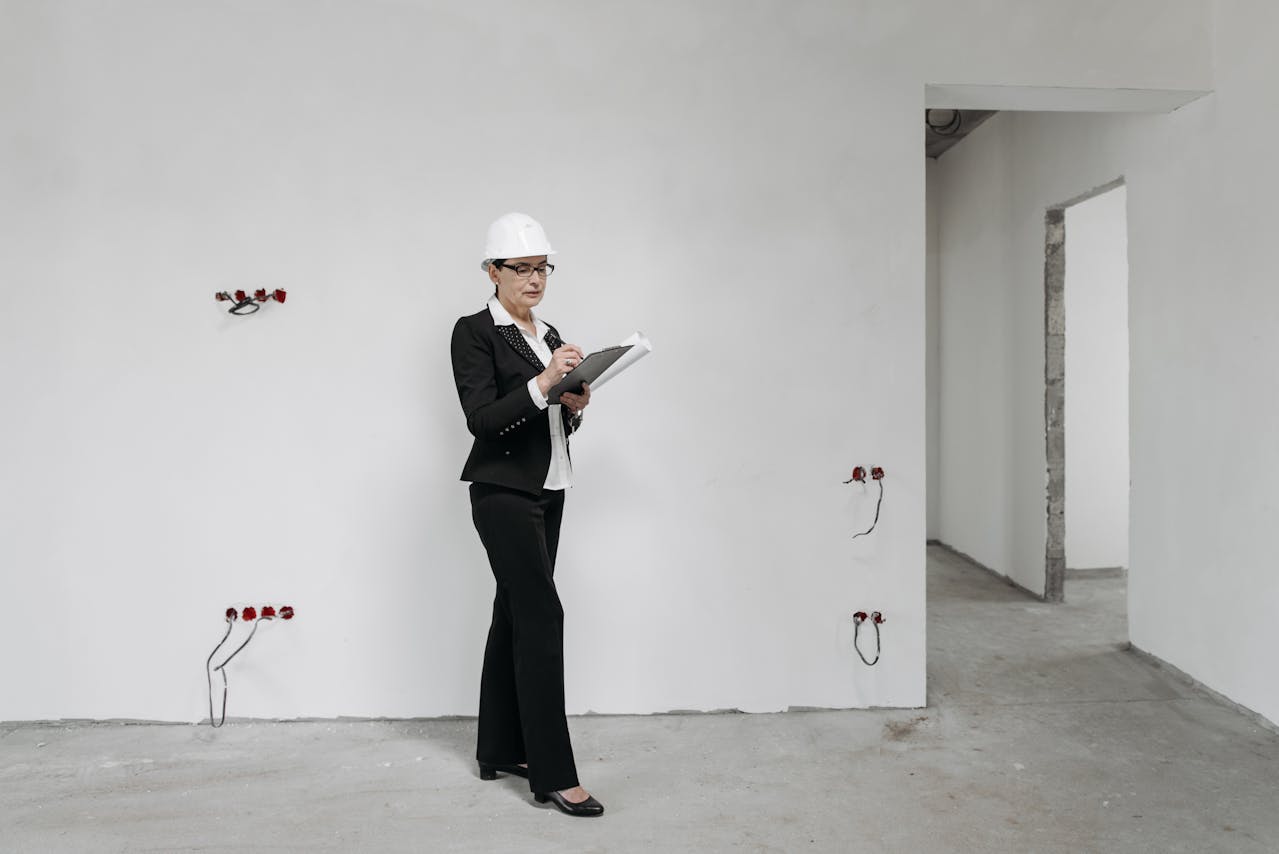What’s the Difference Between Title 24 and HERS Testing?
Call (626) 365-1518 | Alternative Energy Systems
California building codes can be confusing, especially when you hear terms like Title 24 compliance and HERS testing used interchangeably. So let’s clear it up: What’s the difference between Title 24 and HERS testing?
Both are essential parts of California’s energy efficiency standards, but they serve different purposes. Title 24 is a building design code that applies before and during construction. HERS (Home Energy Rating System) testing, on the other hand, is a field verification process that occurs during or after construction to prove that the building systems meet performance requirements.
This blog explains how both work, how they’re connected, and why Alternative Energy Systems (AES) offers everything you need to meet both Title 24 and HERS requirements—fast, accurately, and under one roof.
What Is Title 24?
Title 24 is a section of the California Code of Regulations that governs building energy efficiency standards. Every new construction or major renovation in the state must show that the design meets or exceeds these energy-saving requirements.
This is done through a Title 24 compliance report, which must be prepared by a certified energy consultant using state-approved software. The report includes insulation levels, window specifications, HVAC design, lighting layout, and other factors that impact the energy use of a building.
Key points about Title 24:
- Applies to design and planning stage
- Required before you can get a building permit
- Includes a Certificate of Compliance (CF1R form)
What Is HERS Testing?
HERS (Home Energy Rating System) testing is a performance verification process required for many projects covered by Title 24. HERS testing is conducted by a certified HERS rater—an independent, state-approved field professional—who verifies that installed systems actually match the design in your Title 24 report.
HERS testing includes:
- Duct leakage testing
- Refrigerant charge and airflow verification
- Quality Insulation Installation (QII)
- Fan efficacy and airflow tests
These tests help confirm that energy systems perform as intended and that no corners were cut during installation. Without passing HERS, your final inspection may be delayed or denied.
How Are They Related?
While Title 24 and HERS testing are different, they are closely connected:
- Title 24 defines what systems must be verified in the field
- HERS testing proves that those systems meet performance standards
- Both are required for final code approval
In short, Title 24 is the plan. HERS is the proof.
Why Work with AES?
Alternative Energy Systems (AES) is your all-in-one compliance partner. We offer both Title 24 reports and certified HERS field testing—so you don’t have to juggle multiple consultants or risk delays at final inspection.
We serve homeowners, contractors, architects, and developers across California with:
- Residential & Commercial Title 24 Compliance Reports
- Certified HERS Testing & QII Verification
- LEED & GreenPoint Rating Support
- Fast Turnaround (1–3 Business Days)
With AES, everything is documented, verified, and delivered on time—so you can pass plan check and final inspection without stress.
Get Title 24 & HERS Help Today
- Phone: (626) 365-1518
- Email: info@title24energy.com
- Website: https://title24energy.com/
Get both your Title 24 report and HERS testing handled by the experts at AES. Contact us today to keep your project on track, on budget, and in full compliance.
FAQ – What’s the Difference Between Title 24 and HERS Testing?
- What is Title 24?
It’s California’s building energy efficiency code for residential and commercial construction. - What is HERS testing?
Home Energy Rating System testing that verifies actual system performance during or after construction. - Is Title 24 the same as HERS?
No. Title 24 is a design standard, HERS is field verification of installed systems. - Do I need both Title 24 and HERS?
Yes. Most projects require a Title 24 report and related HERS testing for permit and final inspection. - When is the Title 24 report needed?
Before you submit your building plans for permit approval. - When is HERS testing performed?
During construction or just before final inspection. - Who performs HERS testing?
Certified third-party HERS raters licensed by the state. - Can the same company handle both?
Yes—AES offers both Title 24 reports and HERS testing services. - What is QII?
Quality Insulation Installation—one of the verifications performed by HERS raters. - Does my project need duct testing?
If you’re installing or modifying ductwork, yes. - What happens if I skip HERS testing?
Your project may fail inspection and delay occupancy. - Can HERS tests be repeated?
Yes, but failed tests often require rework and rescheduling. - Do ADUs require both?
Yes. Most ADUs must comply with Title 24 and undergo HERS testing. - Is HERS testing required on commercial buildings?
It depends. Some commercial systems may require field verification. - What software is used for Title 24?
CEC-approved tools like CBECC-Res and CBECC-Com. - How long does a HERS test take?
Typically 1–2 hours, depending on the system and home size. - Is HERS testing expensive?
Not when bundled with Title 24 services from AES—it’s cost-effective and saves time. - Do I get a certificate after HERS testing?
Yes. A CF3R form is filed to confirm field verification. - Can HERS be waived?
No. If required by the Title 24 report, it must be completed. - How do I get started?
Call AES at (626) 365-1518 or visit title24energy.com today.







